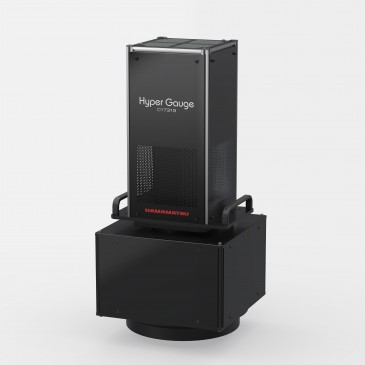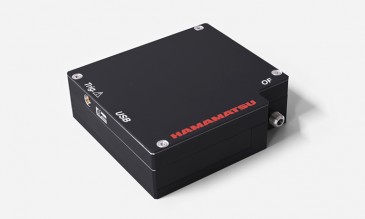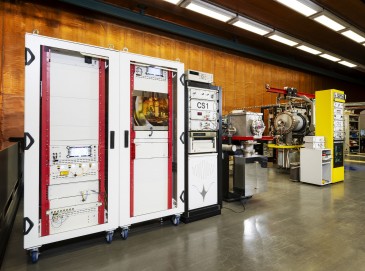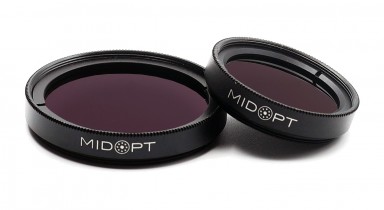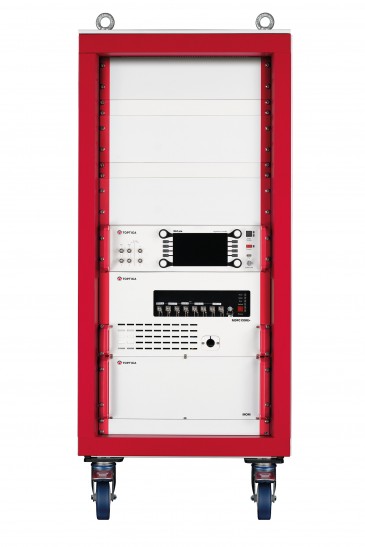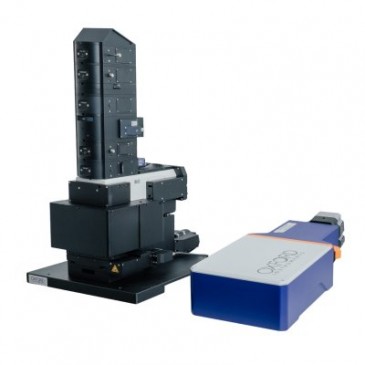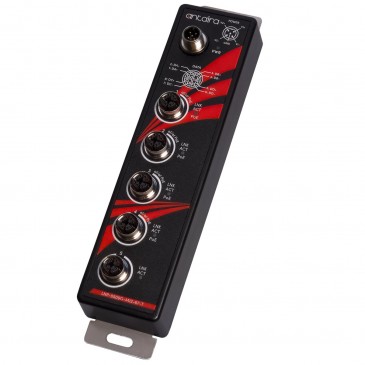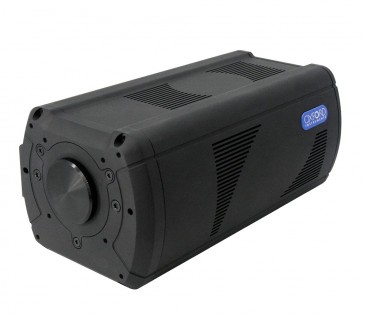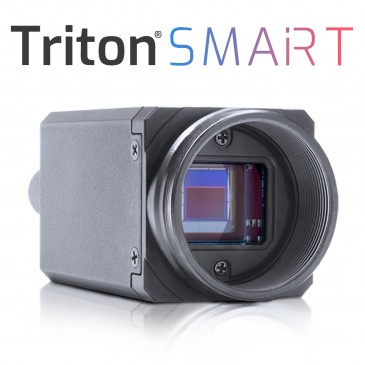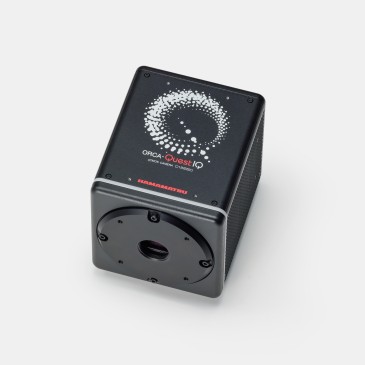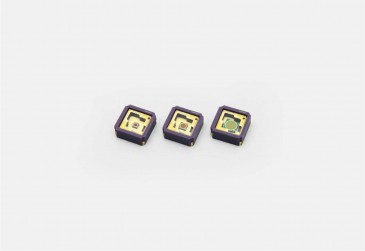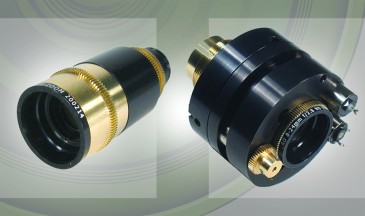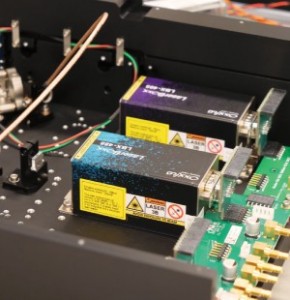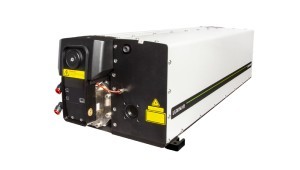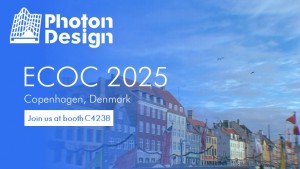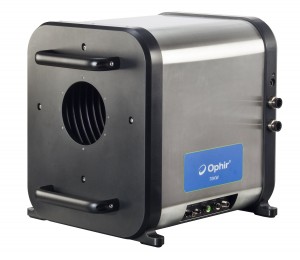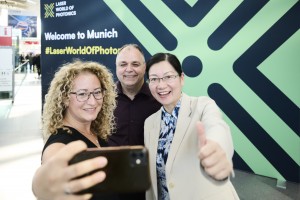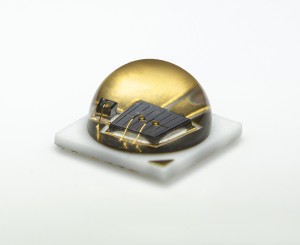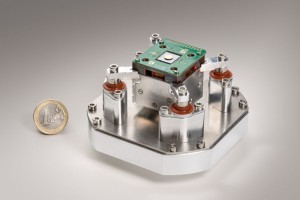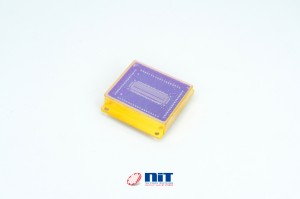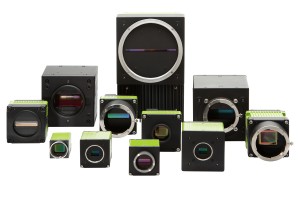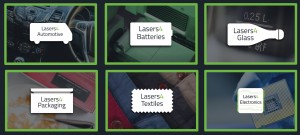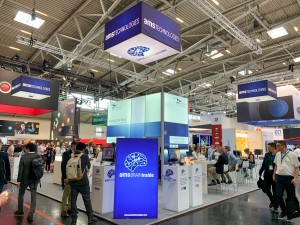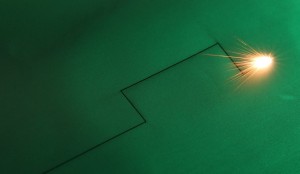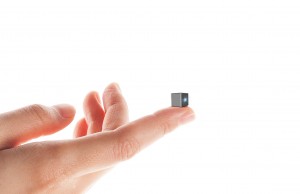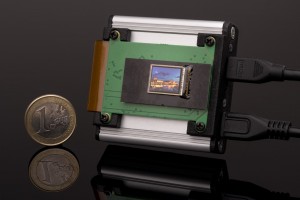
Zeiss will be at CES, the world’s largest tech event, taking place from January 9–12, 2025 in Las Vegas, to present its Multifunctional Smart Glass technology.
This disruptive technology permits the optical activation of transparent media. It combines four basic functions – projection, detection, illumination and filtering to open up entirely new holographic possibilities, from smart home solutions through to augmented reality head-up displays with minimal installation space. ESA and NASA space missions have carried this trailblazing ZEISS technology on board for many years. It is also well established in the semiconductor and medical technology sectors. At the CES – Las Vegas Convention Center West Hall, W306 – ZEISS will present its industrial solutions with equipment and processes for mass production. With microoptical and holographic surfaces, they are suitable for everyday use: for more safety, interactivity, efficiency and comfort.
Replication technology enables industrial-scale hologram production for the first time
At the heart of the ZEISS technology is a thin, transparent layer to which ultra-high-precision optics are attached in the smallest of spaces. It is characterized by transparency of over 92 percent combined with maximum clarity. It makes it possible for holographic technology to be used in applications where limitations of installation space, weight and costs previously stood in the way. The holographic functionality can turn any glass surface (windows of buildings, transparent screens, side windows of vehicles) into an on-demand screen for communications.
In the past, holograms were limited to small production runs. With the replication technology developed in the ZEISS laboratories, the fully automated duplication of a master hologram in large quantities is now possible for the first time. Roman Kleindienst, Vice President ZEISS Microoptics: “This technological milestone for holography can be compared to what the invention of letterpress printing meant for writing. That's why we call it the 'Gutenberg moment' for holography.”
Holography in the car: clear benefits for safety and comfort
Augmented Reality HUDs have many advantages in cars: Drivers obtain all of the input they need without taking their eyes off the road. The selected information that they want or need appears within their field of vision. Other benefits are the simple functionality and additional comfort: Holographic 3D content permits more design, branding, guidance and information functions. For example, side and rear windows can be used for eye-catching Car2X communications. It is also possible to black out window glass or make projected text and images visible only from the inside or outside. Video content is also supported. As a holographic lighting system – on brake lights of cars or two-wheeled vehicles – the ZEISS Multifunctional Smart Glass technology, with its 3D imaging, opens up new levels of design freedom for light signatures.

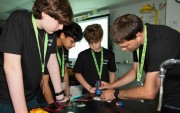




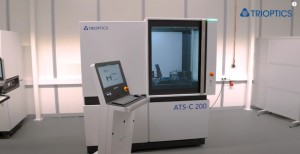






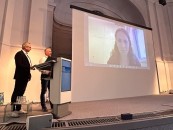

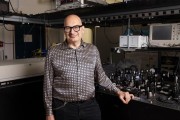



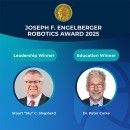

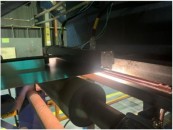
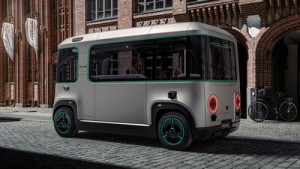
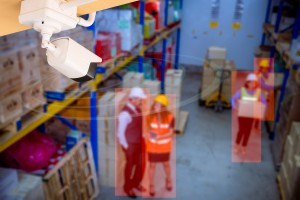

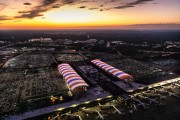
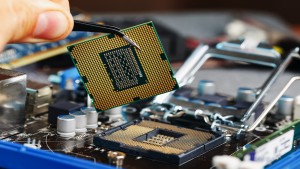
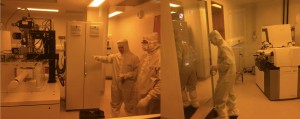
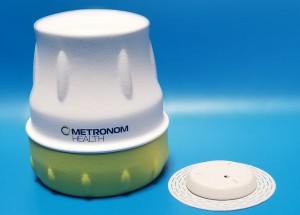
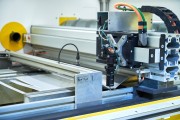

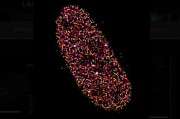
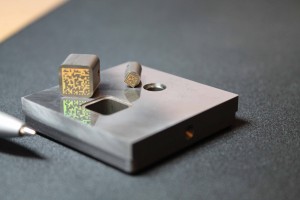
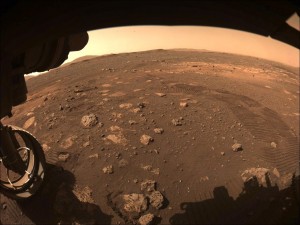
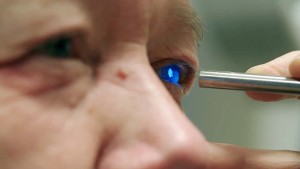
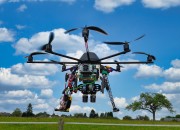
 Back to News
Back to News